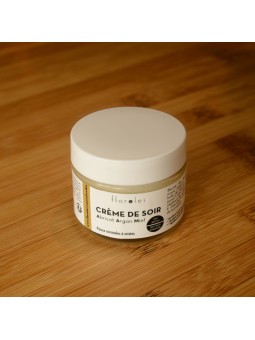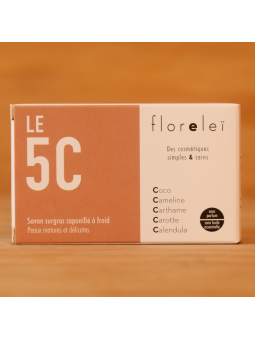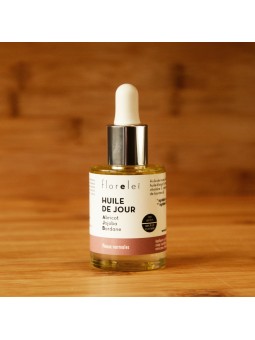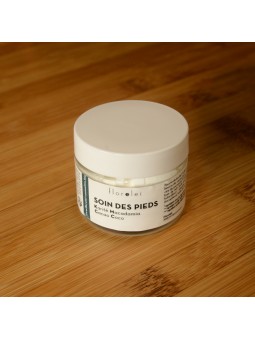Vitamin E (tocopherol)
The vitamin E that we use...
Technical data sheet:
Natural
TocopherolINCIname
: Tocopherol / Helianthus Annuus Seed
oilCASNo
: 59-02-9, 16698-35-4, 154-28-4, 119-13-1, 8001-21-6Composition
: mixture of concentrated tocopherols (α- Tocopherol, β-Tocopherol, ϒ-Tocopherolet δ-Tocopherol) without GMO and sunflower oilLabelling
:
100% natural, raw materials verified by Ecocert Greenlife according to the COSMOS standard.
Origin: FranceSupplier
:France
Composition & description
Discovered in 1922 (factor X) and renamed tocopherol in 1936, vitamin E is both a stabilizer and an active ingredient widely used in cosmetics.
In cosmetics, there are two main types of stabilizers: preservatives (which inhibit microbiological contamination in products containing water) and antioxidants which prevent the degradation of fats (oxidation, rancidity) under the action of free radicals (favoured by contact with oxygen, heat and light).
Vitamin E or tocopherol can be of natural origin or manufactured entirely in a laboratory (synthetic vitamin E). It seems that natural vitamin E is better absorbed by the body than synthetic vitamin E. In fortified foods, it is usually the synthetic vitamin E (much cheaper than natural vitamin E) that is used by manufacturers.
Properties
Antioxidant, anti-aging & skin regenerating.
Vitamin E is naturally present in all animal (and therefore human) cell membranes. It acts by trapping the free radicals that every organism continually produces and which participate in the ageing of the skin (through a chain reaction creating other free radicals etc). The phenomenon increases and is less well managed with age (which explains why an anti-oxidant cosmetic will essentially benefit mature skin).
ndlr: The fact that vitamin E is present in the list of ingredients of a product does not imply that the latter has a proven anti-ageing action. Depending on the dosage, vitamin E may only have a stabilising effect on the product. The position in the INCI list is not a reliable indicator either, because being a concentrated active ingredient, its percentage in a formula is necessarily low. What is more proven is that an anti-oxidant cosmetic will be more effective if it is well preserved (the more free radicals it captures in the product, the less vitamin E will be left to trap them on your skin).
Apricot Argan Honey Evening...
Face cream for normal to combination skin. Essential oil free...
The 5C
Coconut, Camelina, Safflower, Calendula, Carrot...
Apricot Jojoba Burdock Day Oil
Daily care for normal skin
Foot Care - Shea Macadamia...
Moisturizing and nourishing cream for the care of tired and...
Hand care - Cocoa Hazelnut
Nourishing and softening hand cream.







Leave a comment